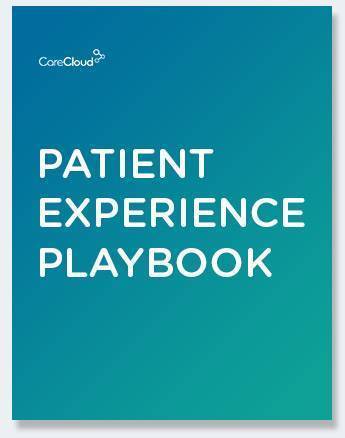In today’s medical economy, practices are being reimbursed on how satisfied patients are. The majority of the healthcare industry responded by getting patients to use a portal or rolling out a telemedicine program – only to see low patient engagement. By focusing on the notion of connecting with patients around a limited selection of single point solutions and endeavors, the notion of patient engagement has not paid its dividends. The expectations of the patient have changed.
This first of a three-part series examining the patient experience looks at what is driving the shifting expectations of patients for a more convenient, modern and seamless experience and how this is impacting the bottom line.
Patients with Consumer Expectations
Patients now bear the cost of more healthcare than ever, causing them to be more price conscious, and the convenience of technology in everyday life is introducing consumer expectations into the healthcare experience.
Millennials, now the largest demographic in the US, live a life of smartphone-driven convenience: e-Books, streaming music, online shopping & banking, and the growth of services such as ride-sharing have created an expectation of instant, convenient service. Price compare your next trip on Expedia, book your ticket and board your plane, all using only your smartphone. And it’s not just Millennials glued to devices. It’s patients over 60 who have the highest usage of multiple online medical tools.
People are becoming more tech-savvy and demanding convenient frictionless experiences. The more demanding their expectations become in their everyday consumer life, the more those expectations will be transposed to the experience they want in healthcare. And the more the gap between healthcare experiences and those of virtually all other interactions will grow.
Patient Experience = Sum of {Reality – Expectations}
Today’s patient satisfaction scores don’t measure the clinical outcomes, they look at how much time is spent on paperwork, repeated questions or time spent in the waiting room. Patient expectations, influenced by the convenience of consumer technology, are not being met.
Today’s providers are being challenged to create a patient experience attuned to the emerging digital needs of all patients, regardless of age or assumptions, or else risk severe patient churn, lower satisfaction, and falling collection rates.
Introducing Patient Experience Management (PXM)
So, the question the industry must ask itself is not how to engage patients in their care but, instead, what is the patient experience that provider organizations must strive for that drives convenience, loyalty, and revenue – under any reimbursement scenario?
Patient experience management (PXM) is an emerging category that represents the sum of all experiences a patient has within their healthcare journey. The driver of PXM is to deliver convenience – for patients, but also for staff and providers.
Convenience drives adoption and usage of digital technologies, which drives patient engagement in their healthcare experience, which in turn helps reinforce positive behaviors along the patient journey — payments made on-time, loyalty to the practice, recommendations to family and friends, positive reviews on Yelp, et cetera.
But these experiences cannot be managed and deployed as unintegrated, single point solutions. Merely checking the box for patient portals, telemedicine, educational resources, secure text messaging, and others are no longer good enough.
To truly succeed in this patient-centric era of healthcare delivery, provider organizations will need to not only think holistically about the experience they provide to patients, but because so much of those experiences will be digital solutions, they will also need to think about adopting a platform to integrate and coordinate those solutions — in the same manner that provider organizations needed to adopt EHRs for clinical outcomes and practice management for financial ones.
“A lot of patients today want to pay online or get an email, click a button and be done. If they have to pay by check, that payment will be late.”– Dr. Julie Howard, LifeArts Integrated Health Center
PXM strategies can be implemented across four levels of sophistication based on how they deliver convenience to both patients and to medical practices.
Next up in this PXM series — a look at these four stages and how to systematically move from one tier to the other. Download this whitepaper, Patient Experience Management: Defining a New Healthcare IT Category, for some food for thought on building your own PXM strategy.

Download the Patient Experience Playbook



